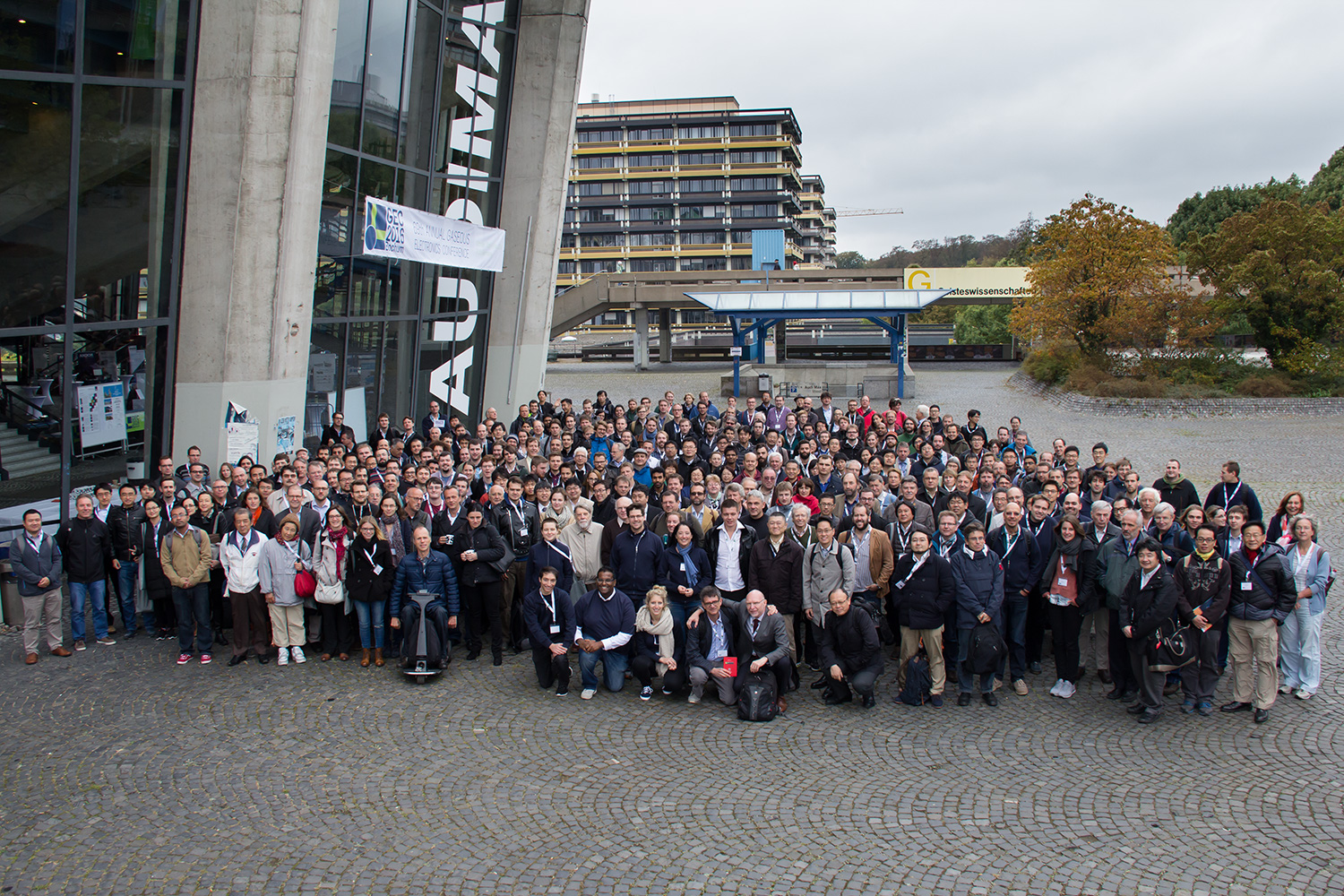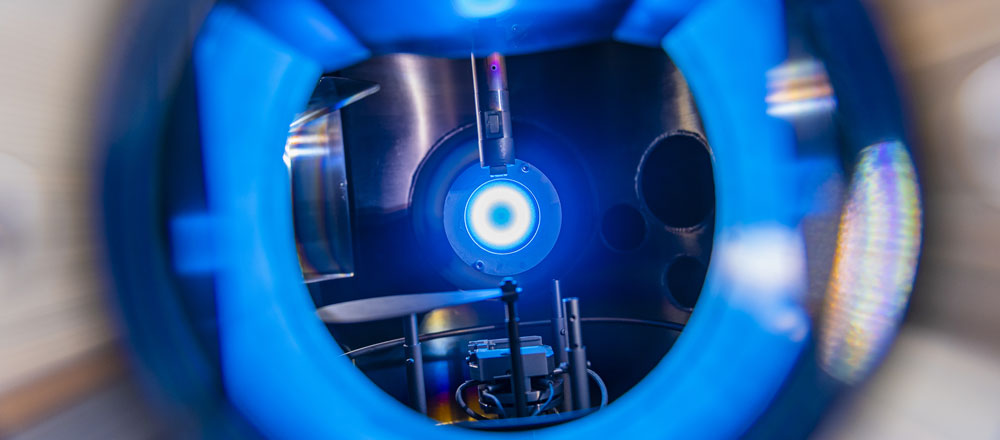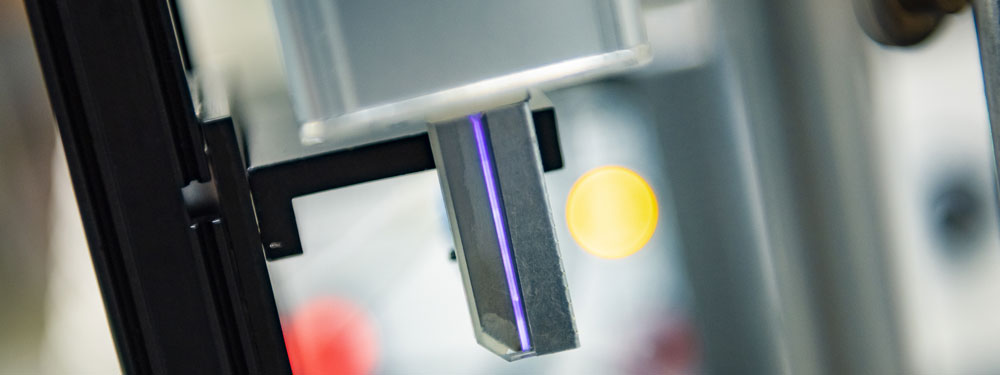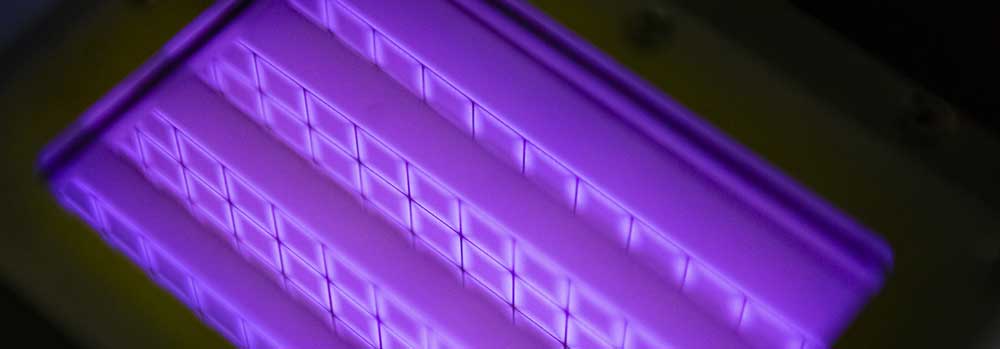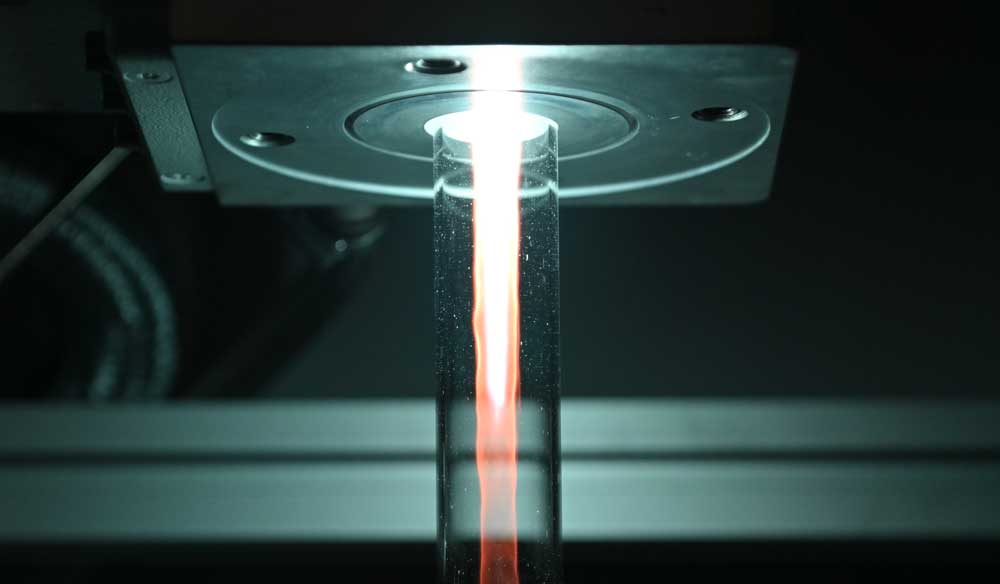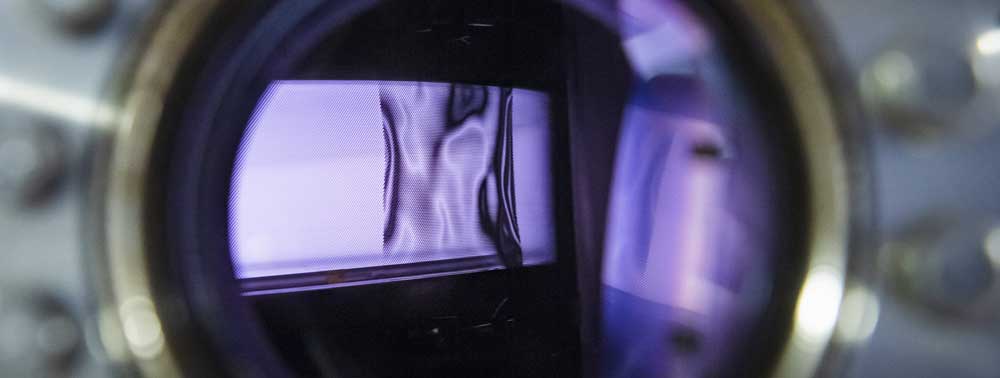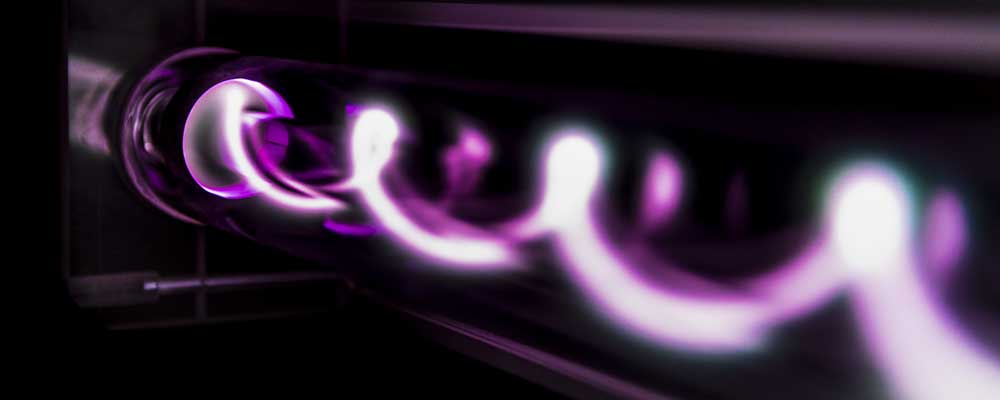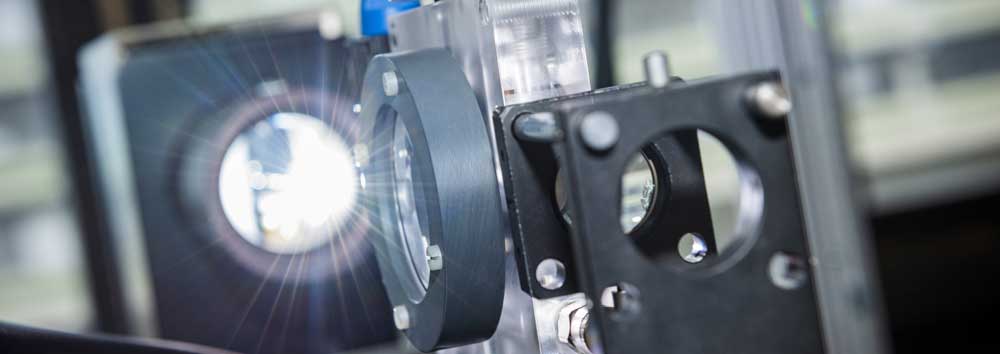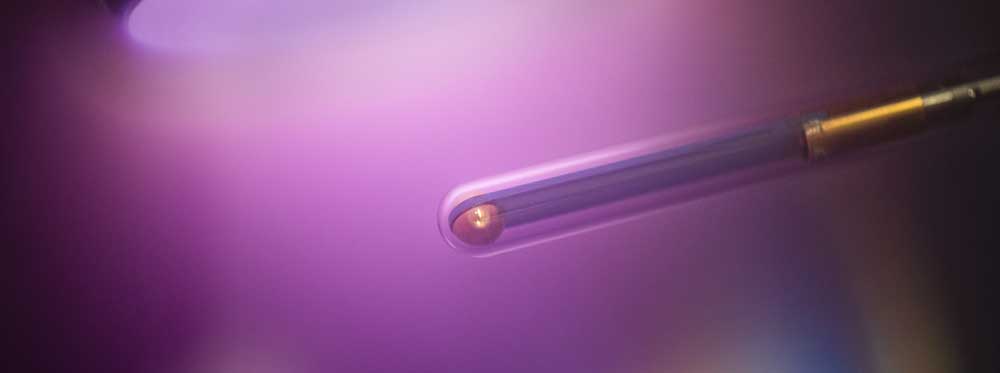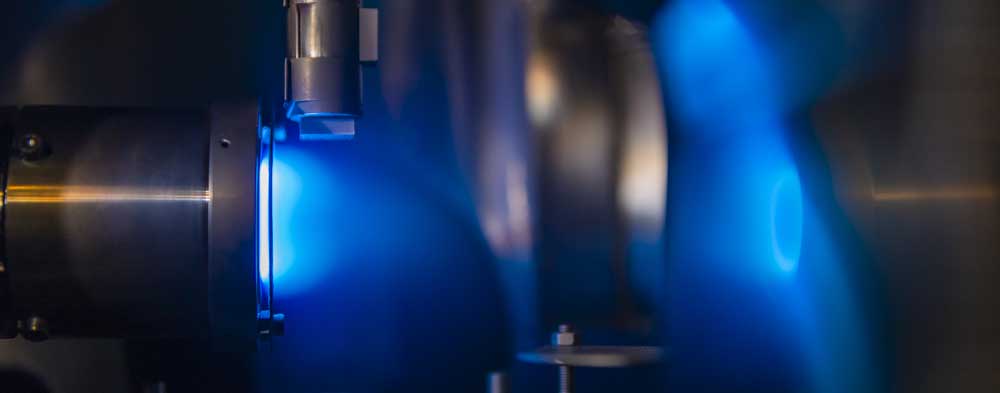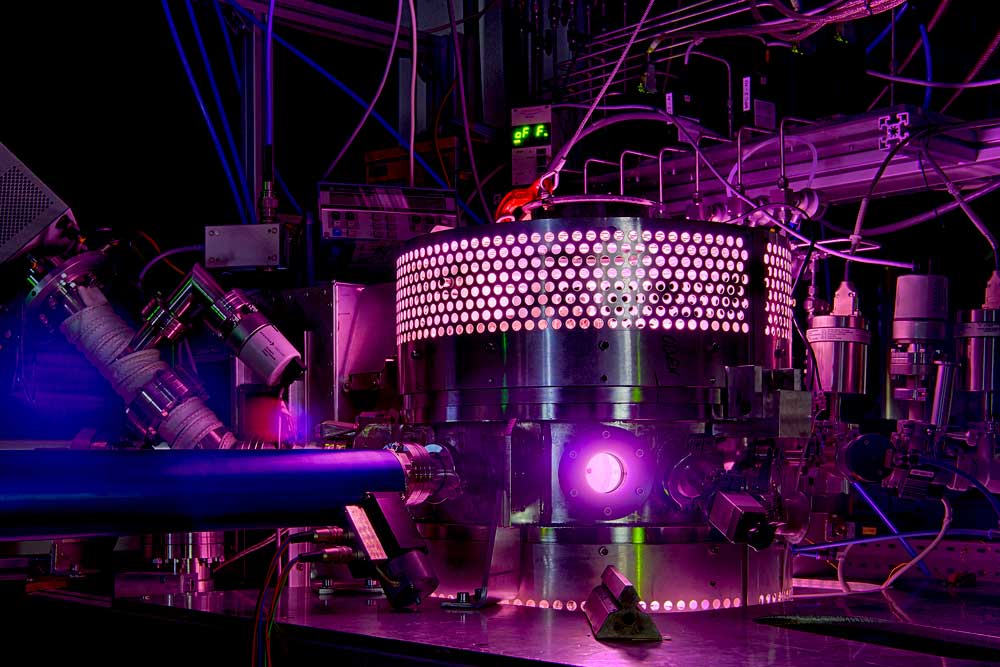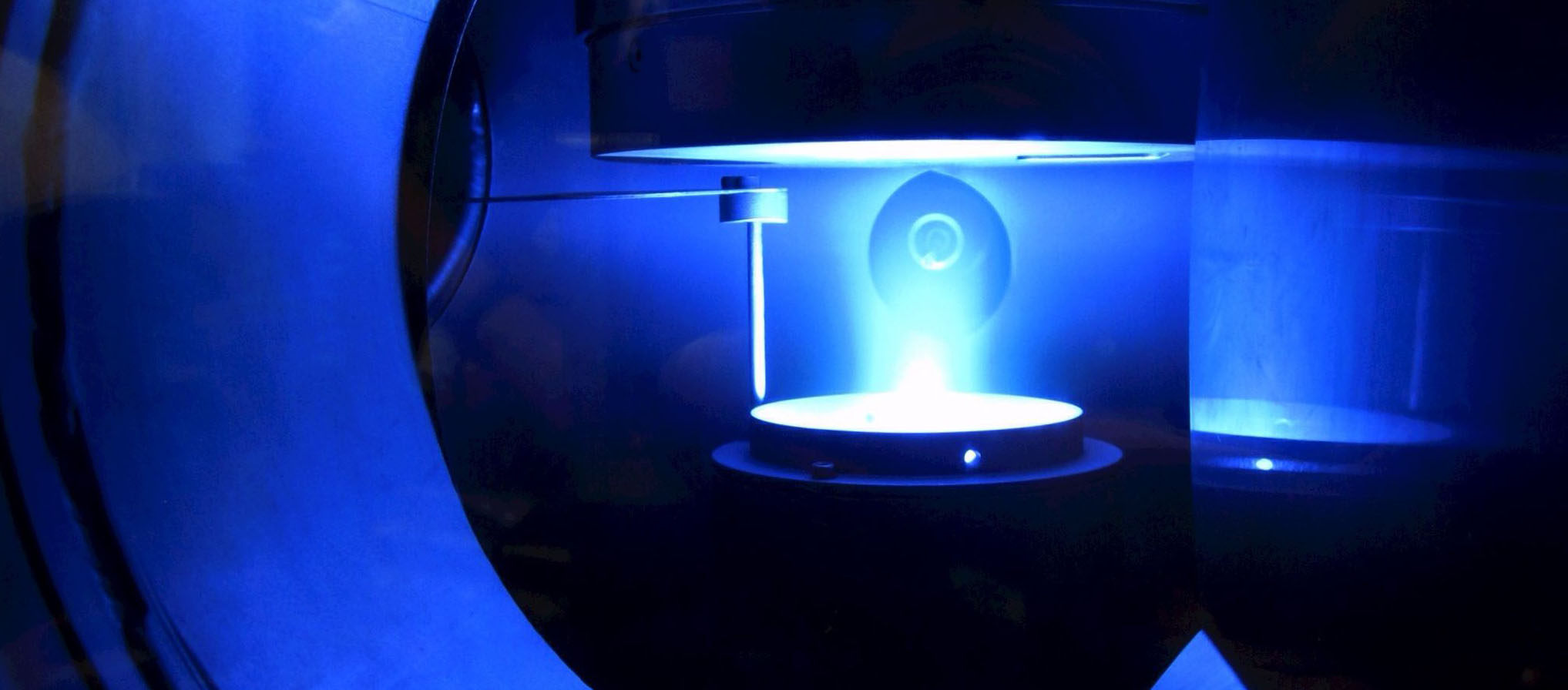Gaseous Electronics Conference (GEC)
It is one of the world's largest plasma conferences and is normally only held in convention centers or hotels. In Bochum, the Gaseous Electronics Conference will be held for the first time on the campus of a university.
The organizers of this year's Gaseous Electronics Conference, or GEC for short, are expecting around 450 international participants. The 69th edition, which will take place from October 10 to 14, 2016 at the Ruhr University Bochum (RUB), is thus expected to be the largest GEC ever.
The logistical and planning challenge includes, for example, 64 invited and 222 submitted talks, 262 poster contributions, a conference dinner at the Henrichshütte in Hattingen, a show at the Planetarium Bochum, laboratory tours at the RUB, a concert at the Audimax, a visit to the Botanical Garden, and an accompanying industrial exhibition with more than 20 companies.
Not in the USA for the fourth time only.
The organizer is the American Physical Society (APS). The meeting is organized locally by the Research Department "Plasmas with Complex Interactions" at RUB, in particular by Prof. Dr. Uwe Czarnetzki and his team.
"For only the fourth time in its nearly 70-year history, the meeting has not been held in the USA," explains Czarnetzki. "And for the first time ever, the meeting venue is the campus of a university. We are proud to have brought the GEC to Bochum." Last year, experts in plasma physics and technology met at the Honolulu Convention Center in Hawaii.
Plasmas are extremely versatile
In terms of content, the focus is on so-called low-temperature plasmas and the associated atomic and molecular physics. These are partially ionized - electrically charged - gases. They are characterized by high conductivity. They also exhibit unique chemistry and interaction with surfaces.
Their applications are broad, ranging from lighting to cancer treatment. Low-temperature plasmas can be used to coat, activate and clean surfaces, produce gas lasers and semiconductor devices, or disinfect medical equipment. They are also used in wound healing.
Broad and well positioned: Plasma research in Bochum
"Research and development are often interdisciplinary and primarily encompass physics, electrical engineering, chemistry - and more recently biology and medicine," like this. The Bochum Research Department Plasmas with Complex Interactions is correspondingly broadly positioned.
"The RUB has long been one of the world's strongest research universities in the field of plasma physics and technology and therefore enjoys an excellent international reputation," says Czarnetzki. Scientists from various faculties cooperate across disciplines in the Plasma research focus: a total of 23 chairs and research groups with more than 300 employees from physics and astronomy, electrical engineering, chemistry, biology and mechanical engineering.
